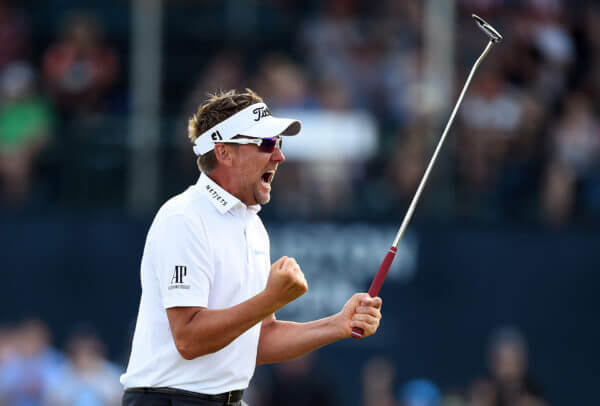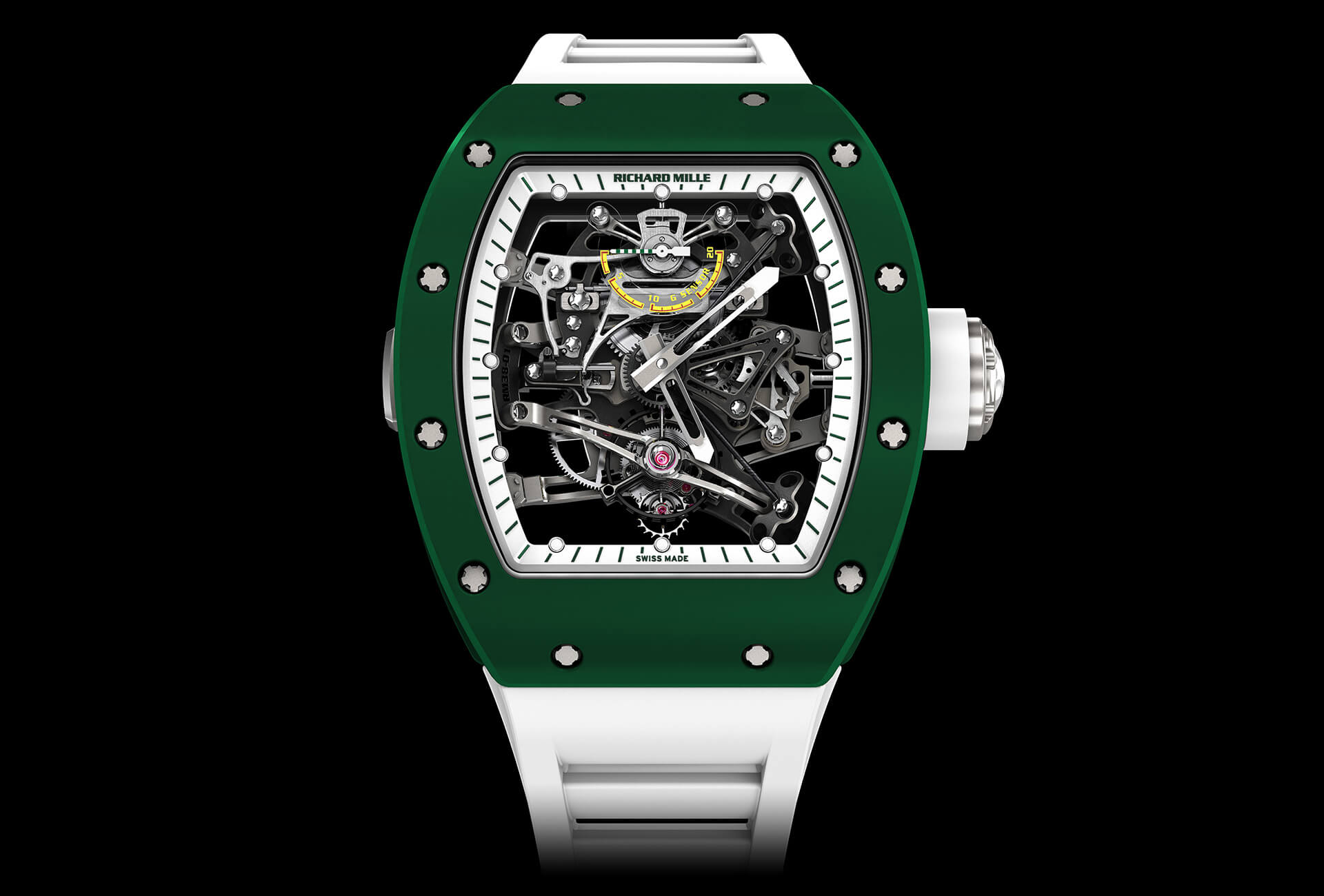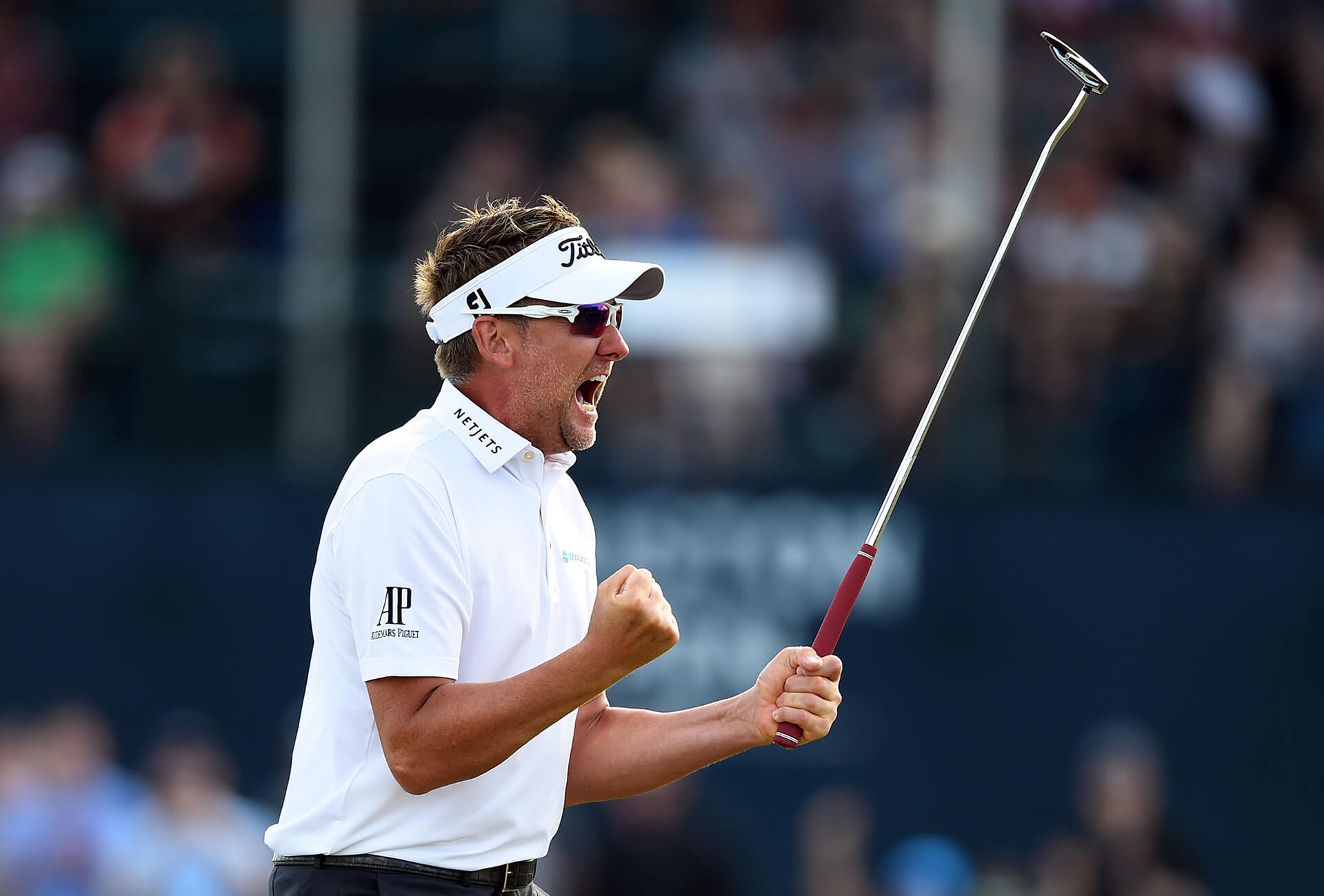After World Cup fever gripped nations, it would take some serious chutzpah to suggest the 42nd Ryder Cup as an alternative opportunity for sporting communion. Since 1927, the top European and American players have competed, in teams of twelve, in this biennial event, next scheduled September 25th to 30th at the Golf National at Saint-Quentin-en-Yvelines in France. Unusually for a professional sports tournament, players receive no prize money – it’s all for the glory. For the non-golfer, those for whom eagles and albatrosses are just birds, watching men in loud trousers whacking a tiny ball into the air in the hope it will plop down next to a hole as opposed to in a lake or a bunker is hardly a thrilling prospect. Yet despite golf’s (number nine) iron-cast reputation as a slow and frankly dull game played by a wealthy few, casting an eye at the Ryder Cup isn’t such a far-fetched suggestion after all.
Almost $2 billion in annual sponsorship
There are 82 million regular golf players worldwide, making golf the most-played individual sport on the planet. It was reinstated as an Olympic discipline at the 2016 Games in Rio, after a century-long absence. Getting back to the Ryder Cup, the numbers are equally eloquent. More than 200,000 spectators watched the last competition, held in 2016 in Minneapolis, Minnesota. Broadcast to an audience of over 500 million fans in 180 countries, the Ryder Cup is one of the top five most-watched sporting events in the world.
According to the IEG Sponsorship Report, golf drew $1.82 billion in sponsorship spending in 2016, up 5.1% from the previous year.
With an audience this size, it should come as no surprise that golf attracts big money from sponsors across multiple industries. According to the IEG Sponsorship Report, sponsorship spending on the sport totalled $1.82 billion in 2016, up 5.1% from the previous year. Golfers are also among the top-earning athletes, on a “par” with basketball, football and tennis stars. In fact four golfers made it onto Forbes’ list of the world’s 25 highest-paid athletes in 2017, led by Ireland’s Rory McIlroy whose $50 million in earnings ranked him sixth. All four have Omega or Rolex as a sponsor. That sooner or later watch brands should start taking an interest in clubs and tees was only to be expected, considering the sport’s drawing power. How many can hope for (or afford) a spot on the fairway is a different matter. Ultimately, it all comes down to a handful of watchmakers (five, to be precise), with Rolex and Omega dominating the fairway ahead of Audemars Piguet, Hublot and Richard Mille.
Beats a business lunch
The IEG Sponsorship Report tells us that Rolex was the fifth most active company sponsoring golf in 2016, accounting for 21% of total spending (in North America) or $350 million. The Geneva firm’s involvement with the sport goes back to 1967 when it signed Arnold Palmer as an ambassador. Since then, the brand has continued to strengthen its ties with the game. It has links to three of the four major tournaments (the US Open, the Masters and the British Open) as well as the famous Ryder Cup when played in Europe. It engages with the world’s top players and rising talent, both men and women, and has put its weight behind the best-endowed competitions on the European professional circuit. Over at Omega, golf is the brand’s second-largest marketing spend after the Olympic Games. Its line-up boasts the fourth Major (the PGA), the Ryder Cup when played on American soil, the Omega European Masters and the Omega Dubai Desert Classic. Its stable of golfing ambassadors is equally impressive and its commitment to the sport no less intense.

Audemars Piguet’s links to the green start with its Chief Executive, François-Henry Bennahmias, who happens to be a former pro golfer. Its avowed aim is to put together a team of the world’s finest players. “Quite simply out of love for the game,” says the brand, convinced that “within each golfer beats the heart of a watchmaker”. Inspired by this spiritual symbiosis, Audemars Piguet has assembled a roster of 17 top-tier players. But whatever the Le Brassus firm would have us believe, its motivations aren’t entirely altruistic. Twice a year, it hosts competitions for a group of hand-picked customers of the brand who are invited to measure their swing against that of the “AP Golf Dream Team”. Given that a game of golf is probably the best business lunch, it’s safe to imagine these guests rarely go home empty-wristed.
From Big Bang to Bubba
Last to mark its scorecard was Hublot, which didn’t prevent the brand from setting its sights high and signing an endorsement deal with Dustin Johnson, number one in the Official World Golf Ranking at the time of writing. Hublot followed through with the Big Bang Unico Golf, a mechanical watch designed so that Johnson can keep track of his score as he works his way round the course. Prior to Hublot, Frank Muller came up with a similar idea when it launched its Backswing in 2016 – not forgetting Jaermann & Stübi, a Swiss golf watch specialist that was acquired last year by Japanese distributor Misuzu Corporation. However, from a pure product development perspective, the honours go to Richard Mille. In keeping with the brand’s philosophy that any watch intended for one of its sporting ambassadors has to be designed and built to be worn during competitions, the RM 038 Tourbillon made for Bubba Watson, one of the biggest hitters on the circuit, will stand up to anything. Launched in 2011, it was followed by the RM 38-01 with G-sensor and the RM 055 in ceramic. And this is only half the story – at the same time as the brand expands its offering for women, it has joined forces with Diana Luna and Cristie Kerr, professional golfers who each played a strong game at the recent Lacoste Ladies Open de France… which has Richard Mille as a “major partner”.
Of course, there’s nothing to time in a game of golf – it’s the number of strokes that counts, and few players venture onto the fairway with a mechanical watch, whose movement stands to take a heck of a beating from the force of a swing. So if it isn’t the beauty of the sport or its inherent values of precision, fair play and technique that mean brands are willing to invest millions, what is it? The answer is far more down-to-earth. As the National Golf Foundation observes, golf offers an appealing demographic and a desirable audience for sponsors to engage with. People who play golf aren’t the type to buy a plastic watch; more likely a timepiece designed for them and their sport, which could be electronic, smart or with built-in GPS. For watch brands, the real action takes place away from the fairway…

















